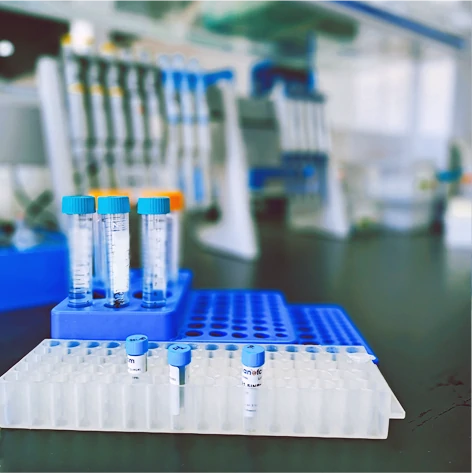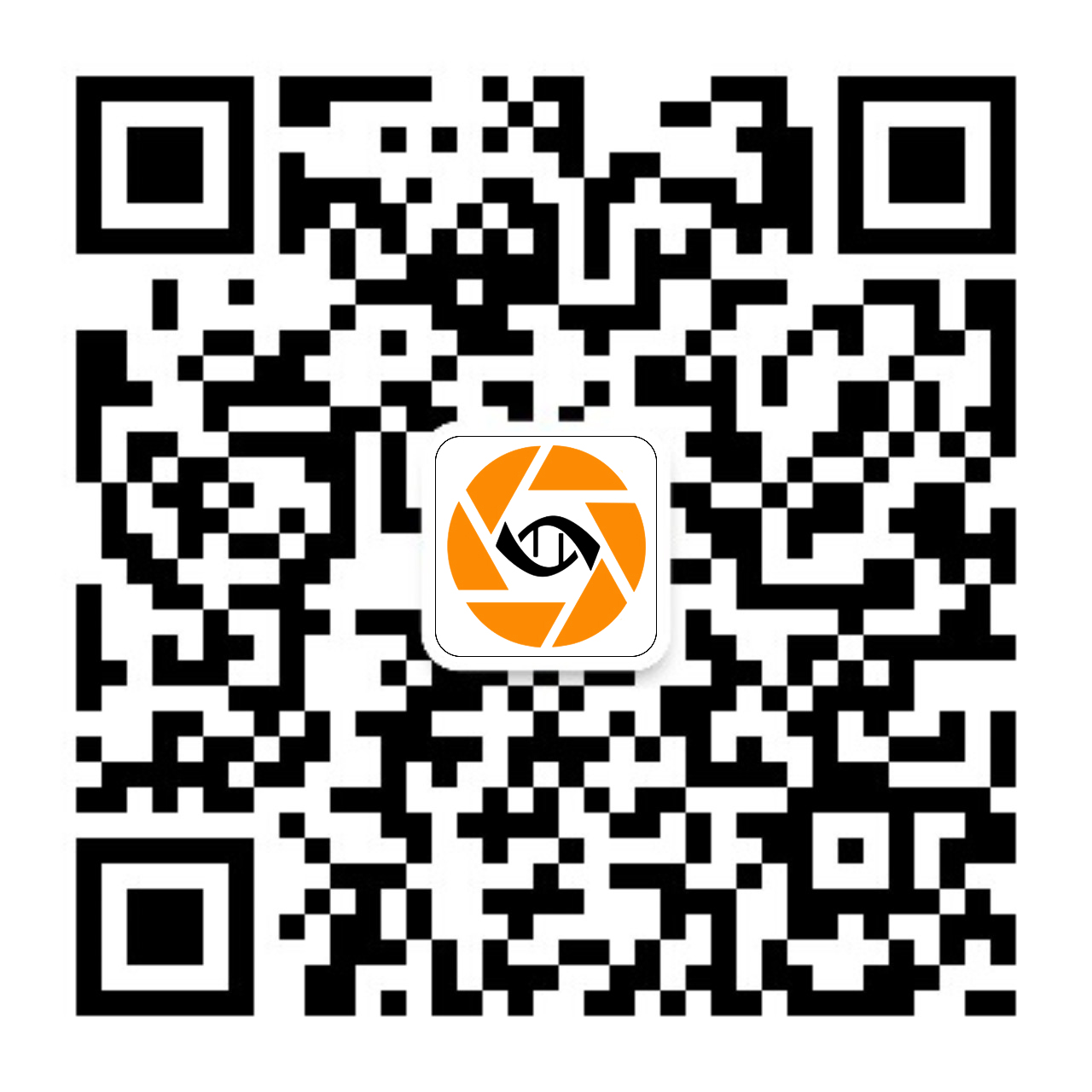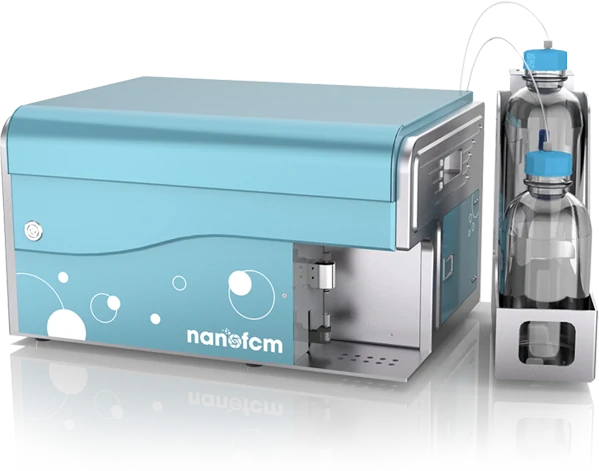
- 多色激光 (488nm蓝光/528nm绿光/638nm红光)
- 单散射通道,多色荧光通道
- 高达12000粒子/分钟
- 最小检测粒径7nm(金纳米颗粒),40nm(外泌体/病毒)
- 最大检测粒径(1μm)













外泌体/细胞外囊泡

THE ORIGIN AND PHENOTYPING OF EXTRACELLULAR VESICLES

病毒/病毒疫苗

TRULY QUANTITATIVE MEASUREMENT OF TOTAL TITER AND SUBGROUP TITER OF VIRUS

纳米药物

COMPREHENSIVE MEASUREMENT SUITE FOR NANOSIZED DRUG PRODUCTS

细菌检测

TRULY QUANTITATIVE MEASUREMENT OF TOTAL BACTERIAL TITRE

疫苗

COMPREHENSIVE CHARACTERIZATION PLATFORM FOR VACCINE

其他类型

COMPREHENSIVE MEASUREMENT SUITE FOR NANOPARTICLES AND INDIVIDUAL MITOCHONDRIA
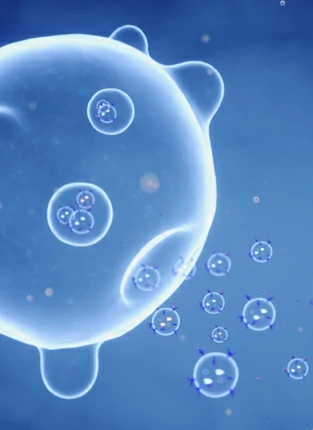
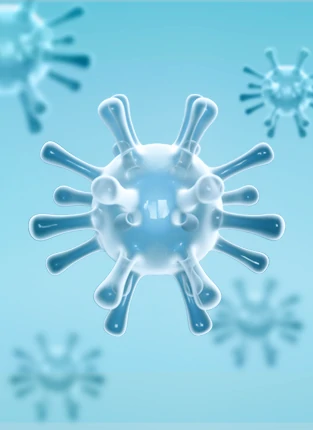
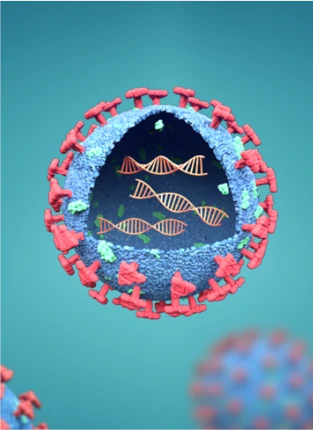
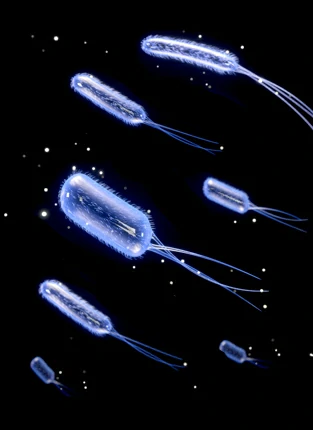
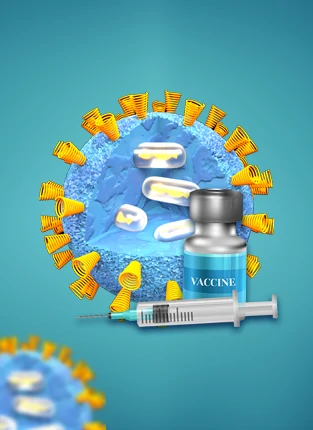
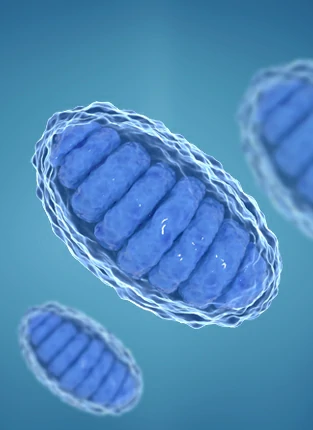

外泌体/细胞外囊泡

THE ORIGIN AND PHENOTYPING OF EXTRACELLULAR VESICLES

病毒/病毒疫苗

TRULY QUANTITATIVE MEASUREMENT OF TOTAL TITER AND SUBGROUP TITER OF VIRUS

纳米药物

COMPREHENSIVE MEASUREMENT SUITE FOR NANOSIZED DRUG PRODUCTS

细菌检测

TRULY QUANTITATIVE MEASUREMENT OF TOTAL BACTERIAL TITRE

疫苗

COMPREHENSIVE CHARACTERIZATION PLATFORM FOR VACCINE

其他类型

COMPREHENSIVE MEASUREMENT SUITE FOR NANOPARTICLES AND INDIVIDUAL MITOCHONDRIA
Nano-flow cytometry’s ability to measure simultaneously a (bio)-nanoparticle population for size, size distribution and bio-chemical properties on a single instrument dramatically improves data quality and throughput compared to the traditional, multiple-techniques approach involving particle characterisation and counting (DLS, NTA, RPS), combined with chemical and biological function assessment (ELISA, Western Blot, Flow Cytometry, PCR). Quantitative measurement of the active and contaminant particles in a single preparation opens up the possibility of characterisation-based nanomedicine regulatory approval, and allows the conduct of large-scale clinical studies. From the research laboratory to the quality control department, NanoFCM delivers comprehensive bio-nano analysis.

NanoFCM has developed the NanoAnalyzer platform that now enables true flow-cytometry measurement at the sub-micron scale, and down to particle sizes unreachable by any other flow cytometers (10-40nm depending on the nature of the substrate). Nano-flow cytometry, the technology that underpins the NanoAnalyzer, removes bias and uncertainty stemming from the use of fluorescence signal triggering by using its highly sensitive side-scatter channel to trigger particle events. The single-particle nature of the measurement prevents uncontrolled swarming events, reinforcing data integrity. High resolution of both scatter and fluorescence channels allows the assessment of subpopulations, based on size or on bio-chemical properties.

For many years scientists yearned for the possibility of performing flow cytometry to analyse small bio-nanoparticles that are too small to be measured by conventional and high sensitivity instruments. These entities, extracellular vesicles, gene therapy vectors, viruses and drug delivery particles, are promised to become the next generation of therapeutics, but they have been hard to handle and characterise due to their small size and biological or chemical heterogeneity. There is therefore a strong case for bringing flow cytometry capability to the sub-200nm scale.
